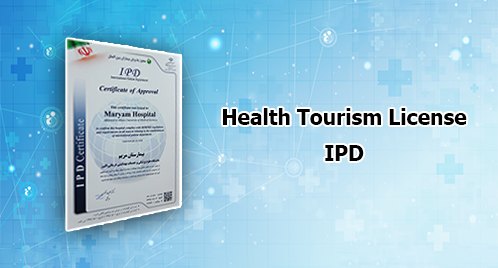



Maryam Health Blogs

Rhinoplasty in iran
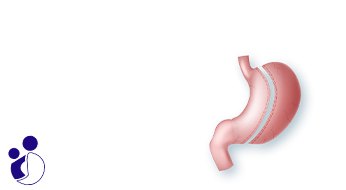
Gastric Sleeve Surgery in Iran
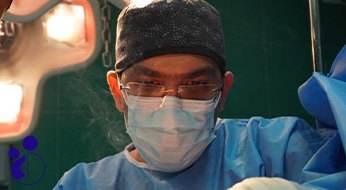
Breast surgery in Iran
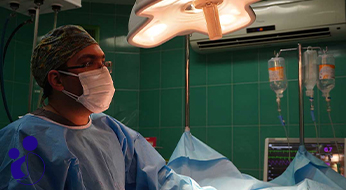
LIPOSUCTION
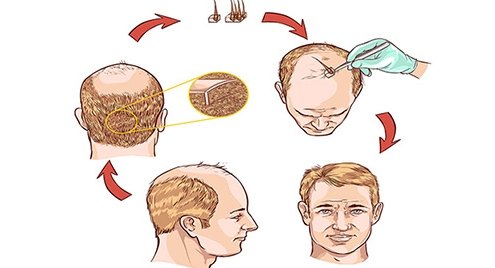
Hair transplantation
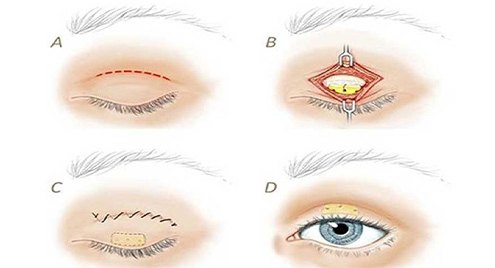
Blepharoplasty (Eyelid Lift)

Maryam Private Hospital has provided a professional environment for dear foreign patients with official and international certifications and in compliance with the highest medical standards worldwide.
Patients can receive the highest quality of medical care with the confidence of Maryam Hospital staff. Patients can visit the city and the tourist attractions spot of Alborz and Tehran provinces in addition to enjoying the highest quality of hospital services.
Maryam Hospital News
 https://maryamhospital.ir/en/wp-content/uploads/2023/01/hospital.jpg
190
346
faezeh hsn
https://maryamhospital.ir/en/wp-content/uploads/2019/09/maryamHospital.png
faezeh hsn2023-06-28 10:05:252023-06-28 10:05:27Description Of Maryam Hospital
https://maryamhospital.ir/en/wp-content/uploads/2023/01/hospital.jpg
190
346
faezeh hsn
https://maryamhospital.ir/en/wp-content/uploads/2019/09/maryamHospital.png
faezeh hsn2023-06-28 10:05:252023-06-28 10:05:27Description Of Maryam Hospital https://maryamhospital.ir/en/wp-content/uploads/2023/01/hospital.jpg
190
346
faezeh hsn
https://maryamhospital.ir/en/wp-content/uploads/2019/09/maryamHospital.png
faezeh hsn2023-01-29 08:05:122023-06-28 10:01:04About Maryam Hospital
https://maryamhospital.ir/en/wp-content/uploads/2023/01/hospital.jpg
190
346
faezeh hsn
https://maryamhospital.ir/en/wp-content/uploads/2019/09/maryamHospital.png
faezeh hsn2023-01-29 08:05:122023-06-28 10:01:04About Maryam Hospital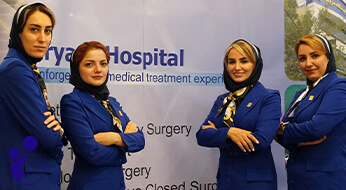 https://maryamhospital.ir/en/wp-content/uploads/2023/01/little.jpg
190
346
faezeh hsn
https://maryamhospital.ir/en/wp-content/uploads/2019/09/maryamHospital.png
faezeh hsn2023-01-15 07:09:592023-01-15 07:10:27The Congress and International Exhibition of Private Hospitals
https://maryamhospital.ir/en/wp-content/uploads/2023/01/little.jpg
190
346
faezeh hsn
https://maryamhospital.ir/en/wp-content/uploads/2019/09/maryamHospital.png
faezeh hsn2023-01-15 07:09:592023-01-15 07:10:27The Congress and International Exhibition of Private Hospitals https://maryamhospital.ir/en/wp-content/uploads/2023/01/chronic-pain.jpg
190
346
faezeh hsn
https://maryamhospital.ir/en/wp-content/uploads/2019/09/maryamHospital.png
faezeh hsn2023-01-01 05:46:262023-06-28 10:12:07Distal Radius Fracture Surgery With Nerve Block Anesthesia
https://maryamhospital.ir/en/wp-content/uploads/2023/01/chronic-pain.jpg
190
346
faezeh hsn
https://maryamhospital.ir/en/wp-content/uploads/2019/09/maryamHospital.png
faezeh hsn2023-01-01 05:46:262023-06-28 10:12:07Distal Radius Fracture Surgery With Nerve Block Anesthesia https://maryamhospital.ir/en/wp-content/uploads/2019/11/dr.bagherzadeh3.jpg
268
498
faezeh hsn
https://maryamhospital.ir/en/wp-content/uploads/2019/09/maryamHospital.png
faezeh hsn2019-11-13 08:22:132020-03-16 12:39:45Pilonidal Cyst
https://maryamhospital.ir/en/wp-content/uploads/2019/11/dr.bagherzadeh3.jpg
268
498
faezeh hsn
https://maryamhospital.ir/en/wp-content/uploads/2019/09/maryamHospital.png
faezeh hsn2019-11-13 08:22:132020-03-16 12:39:45Pilonidal Cyst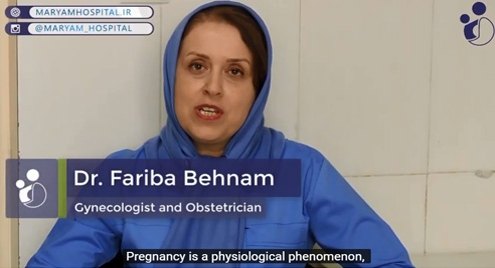 https://maryamhospital.ir/en/wp-content/uploads/2019/11/dr.behnam-1.jpg
268
498
faezeh hsn
https://maryamhospital.ir/en/wp-content/uploads/2019/09/maryamHospital.png
faezeh hsn2019-11-13 08:16:462020-03-16 12:38:21Painless Natural Delivery
https://maryamhospital.ir/en/wp-content/uploads/2019/11/dr.behnam-1.jpg
268
498
faezeh hsn
https://maryamhospital.ir/en/wp-content/uploads/2019/09/maryamHospital.png
faezeh hsn2019-11-13 08:16:462020-03-16 12:38:21Painless Natural Delivery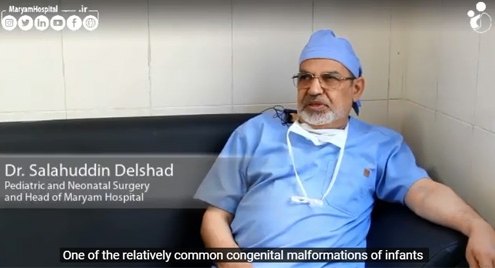 https://maryamhospital.ir/en/wp-content/uploads/2019/11/dr.delshad.jpg
268
498
faezeh hsn
https://maryamhospital.ir/en/wp-content/uploads/2019/09/maryamHospital.png
faezeh hsn2019-11-13 08:14:072020-03-16 12:38:16Imperforate Anus, Patient Story
https://maryamhospital.ir/en/wp-content/uploads/2019/11/dr.delshad.jpg
268
498
faezeh hsn
https://maryamhospital.ir/en/wp-content/uploads/2019/09/maryamHospital.png
faezeh hsn2019-11-13 08:14:072020-03-16 12:38:16Imperforate Anus, Patient Story https://maryamhospital.ir/en/wp-content/uploads/2019/11/کوچیک.jpg
190
346
faezeh hsn
https://maryamhospital.ir/en/wp-content/uploads/2019/09/maryamHospital.png
faezeh hsn2019-11-13 07:53:252023-01-29 09:27:13Esophageal Cancer Surgery
https://maryamhospital.ir/en/wp-content/uploads/2019/11/کوچیک.jpg
190
346
faezeh hsn
https://maryamhospital.ir/en/wp-content/uploads/2019/09/maryamHospital.png
faezeh hsn2019-11-13 07:53:252023-01-29 09:27:13Esophageal Cancer Surgery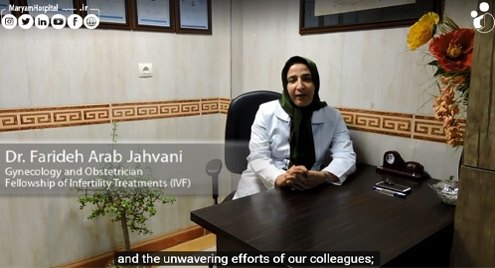 https://maryamhospital.ir/en/wp-content/uploads/2019/11/dr.arabjahvani.jpg
268
498
faezeh hsn
https://maryamhospital.ir/en/wp-content/uploads/2019/09/maryamHospital.png
faezeh hsn2019-11-13 07:44:282020-03-16 12:38:03IVF
https://maryamhospital.ir/en/wp-content/uploads/2019/11/dr.arabjahvani.jpg
268
498
faezeh hsn
https://maryamhospital.ir/en/wp-content/uploads/2019/09/maryamHospital.png
faezeh hsn2019-11-13 07:44:282020-03-16 12:38:03IVFMaryam Hospital
Maryam Private Maternity & Hospital was founded on May 22nd, 2014 to provide therapeutic and advanced health care to serve human dignity. Started with 64 active beds (in two-bedded, three-bedded and VIP rooms) built on two blocks. First block has four floors and second block has five floors






